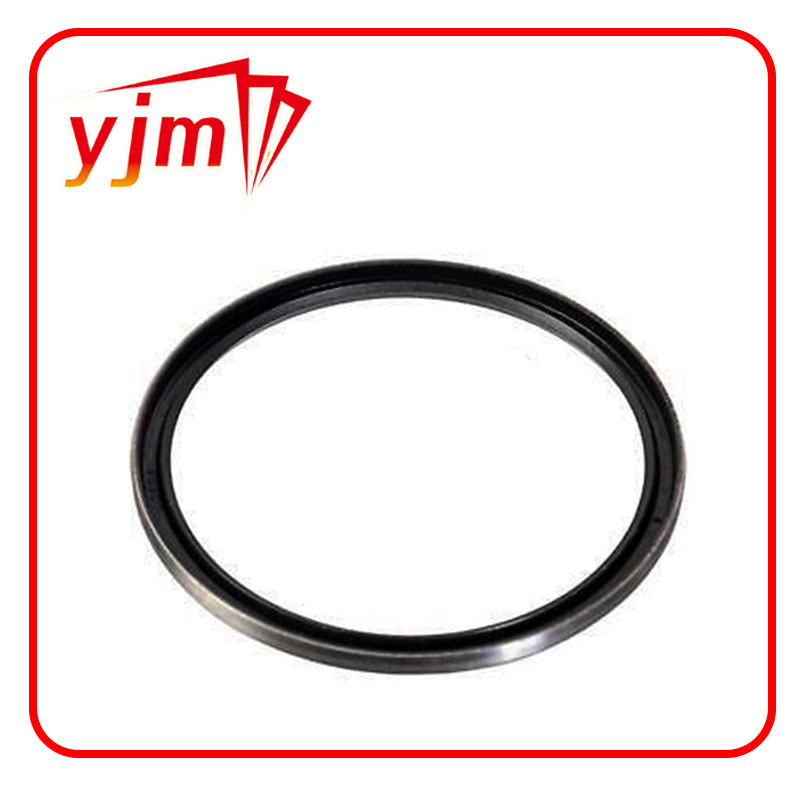Benefits and Applications of V-Ring Seals in Mechanical Systems
Understanding V-Ring Seals An Essential Component in Mechanical Sealing Technology
V-ring seals, a vital component in various industrial and mechanical applications, play a significant role in ensuring the reliability and longevity of machinery. These seals are designed to prevent the leakage of fluids and contaminants, protecting the internal components of machines from external elements. This article aims to explore the structure, functionality, advantages, and applications of V-ring seals.
Structure and Design
V-ring seals are characterized by their unique V-shaped cross-section, which facilitates a snug fit against the surface they seal. The seal is typically made from elastomeric materials, such as nitrile rubber, silicone, or fluorocarbon, providing excellent flexibility and resilience. The design of the V-ring allows it to maintain tension against the shaft, creating a barrier that prevents the ingress of dust and moisture while holding in lubricants or hydraulic fluids.
The inner diameter of the V-ring is fitted onto a rotating shaft, while the outer edge is designed to contact the housing or a corresponding surface. This efficient design ensures that the seal remains engaged, even under dynamic conditions, making it suitable for rotating machinery. The self-centering feature of V-rings also enhances their performance in minimizing wear and tear on both the seal and the shaft.
Functionality
The primary function of V-ring seals is to provide effective sealing under various operational conditions. They are particularly useful in applications where there is a combination of rotational and axial movement. The seal deforms slightly during operation, creating a tight contact that prevents fluid from escaping and contaminants from entering. This dynamic sealing capability allows for the smooth and efficient operation of machinery, reducing the risk of breakdowns and maintenance costs.
V-ring seals can operate in a wide range of temperatures and pressures, making them suitable for various industries, including automotive, aerospace, manufacturing, and oil and gas. Their flexibility and adaptability allow them to accommodate different shaft sizes and configurations, further enhancing their versatility.
v ring seals

Advantages
One major advantage of V-ring seals is their simplicity and ease of installation. Unlike complex sealing systems that require precise alignment and multiple components, V-rings can be installed quickly and without specialized tools. This reduces downtime during maintenance and ensures that equipment can be operational in a shorter time frame.
Additionally, V-ring seals are robust and durable, capable of withstanding harsh operating environments. They resist wear and tear, significantly extending the lifespan of machinery. The use of high-quality materials in their construction also means they can cope with aggressive chemicals and extreme temperatures, making them a reliable choice for many applications.
Another benefit is the cost-effectiveness of V-ring seals. Their durability reduces the need for frequent replacements, leading to lower overall maintenance costs. Companies can enhance their operational efficiency while minimizing the associated expenses, making V-ring seals an economical choice for sealing solutions.
Applications
V-ring seals are commonly used in various applications, including automotive engines, gearboxes, industrial pumps, and conveyors. In the automotive industry, they are integral in protecting critical components such as bearings and shafts from contaminants. In industrial applications, they help in maintaining the integrity of hydraulic and pneumatic systems, ensuring consistent performance.
In conclusion, V-ring seals are a crucial part of mechanical sealing technology, offering reliable performance, easy installation, and cost efficiency. Their unique design and versatile nature make them a preferred choice in many industries, ensuring the smooth operation of machinery and equipment. With the continuous advancements in materials and manufacturing techniques, the future of V-ring seals looks promising, providing solutions to ever-evolving sealing challenges in numerous applications.
-
The Ultimate Guide to Boat Propeller Bearings and Trailer Wheel Bearings
News Jul.31,2025
-
The Essential Guide to Marine Bearings and Boat Trailer Wheel Bearings
News Jul.31,2025
-
The Complete Guide to Heavy Duty Seals: Protecting Doors and Spaces Efficiently
News Jul.31,2025
-
Essential Guide to Marine Shaft Bearings and Boat Trailer Axle Bearings
News Jul.31,2025
-
Comprehensive Guide to Marine and Trailer Bearings for Safe Boating and Transport
News Jul.31,2025
-
Comprehensive Guide to Automotive Oil Seals: Protecting Your Engine and Shafts
News Jul.31,2025
-
Understanding Automotive Oil Seals: Essential Components for Engine and Shaft Protection
News Jul.30,2025
Products categories















